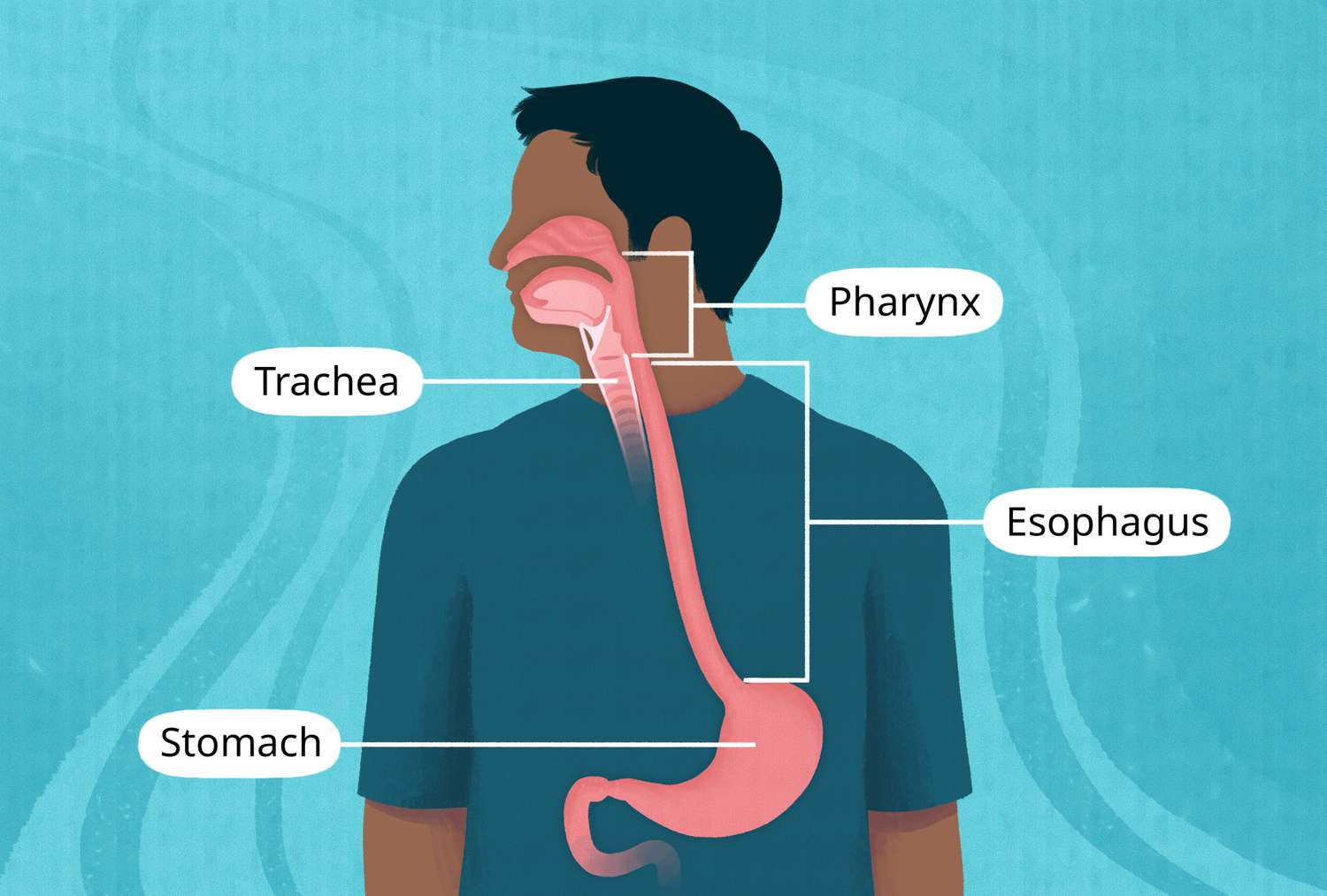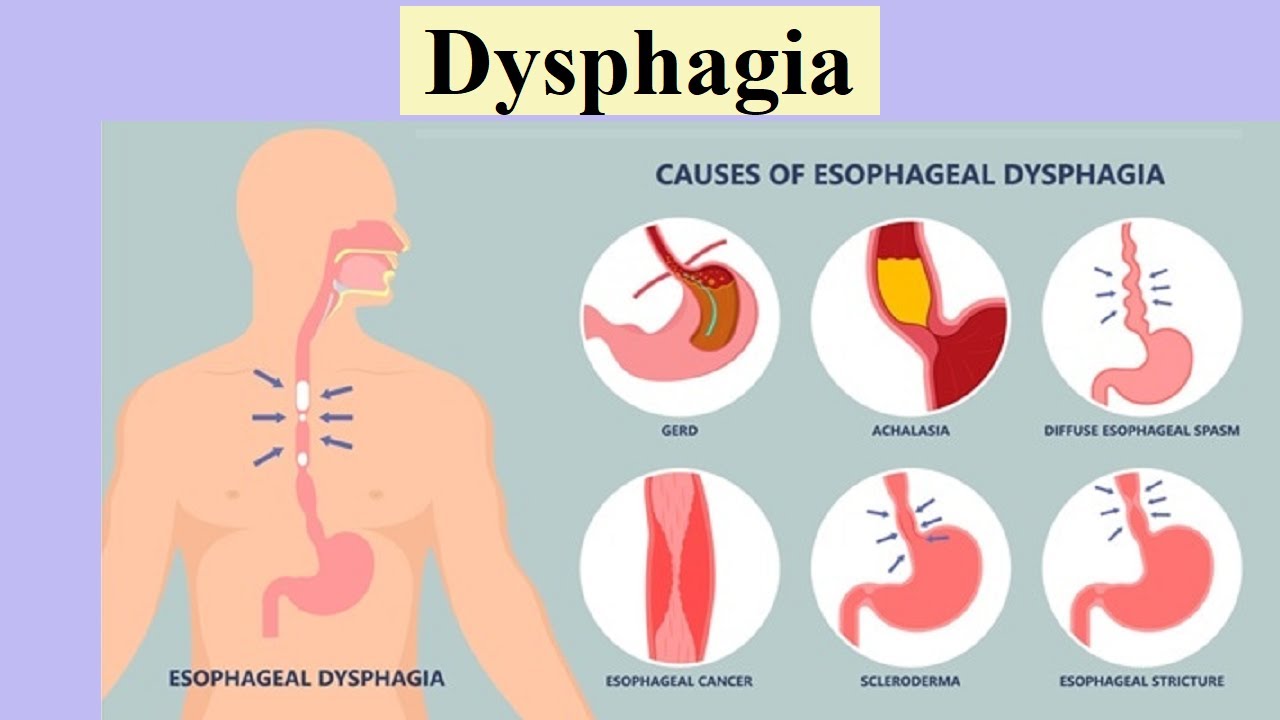Are you having problems eating? People both young and old may develop swallowing problems for very many reasons. This condition known as Dysphagia has become a very common conditions in children and adults. In this write up we will help you understand the condition, its diagnosis, treatment and cost implications.
What is Dysphagia?
Dysphagia is a medical term for difficulty swallowing. It can affect people of all ages but is more common in older adults or those with neurological conditions like stroke, Parkinson’s disease, or dementia. People with dysphagia may feel pain when swallowing, experience choking or coughing while eating, or feel like food is stuck in their throat or chest.
Types of Swallowing Disorders.
There are broadly two main types of swallowing disorders:
-
Oropharyngeal dysphagia – related to problems in the mouth or throat
-
Esophageal dysphagia – caused by issues in the food pipe (esophagus)

1 – Oropharyngeal dysphagia
What Is Oropharyngeal Dysphagia?
Oropharyngeal dysphagia is a medical term that simply means trouble swallowing from the mouth through the throat. If you’ve ever had that scary moment when food “goes down the wrong way” or feels stuck right after you start to swallow, that’s a bit like what people with this condition deal with—except it happens often, and sometimes every day.
What Causes It?
This kind of swallowing problem usually comes from nerve or muscle issues that make it hard to move food smoothly from your mouth into your esophagus (food pipe). Some common causes include:
-
Stroke or brain injury
-
Parkinson’s disease, ALS, or multiple sclerosis
-
Head or neck cancer (or treatment like radiation)
-
Muscle disorders
-
Even aging can slow things down
Common Symptoms to Watch For
People with oropharyngeal dysphagia might, Struggle to start swallowing, Cough, choke, or gag when eating or drinking. Other signs might include Feeling like food gets stuck in the throat, have food or drinks come out through the nose, drool or have trouble controlling saliva and getting frequent chest infections (from food or liquid going into the lungs).
How Oropharyngeal dysphagia is Diagnosed
If you or someone you know is having these symptoms, a doctor might suggest tests like:
-
A swallowing x-ray (called a videofluoroscopic swallow study)
-
A camera exam through the nose (FEES)
-
A neurological checkup to see how the nerves and muscles are working
Treatment Options
Good news: Medical help is available! Treatment usually depends on the cause and how serious the problem is. Some options include:
-
Swallowing therapy with a speech-language pathologist
-
Changing your diet — like using thickened drinks or soft foods
-
Learning safe swallowing positions, such as tucking your chin
-
Feeding tubes, but only if needed in severe cases

2. Esophageal dysphagia
Esophageal dysphagia is when food or drinks have a hard time going down your esophagus — that’s the tube that carries what you swallow from your throat to your stomach. People often describe it as feeling like something is stuck in the chest or lower throat, especially when eating solid foods.
What Causes It?
There are a few common reasons this happens:
-
Acid reflux or GERD – stomach acid can damage the esophagus over time
-
Narrowing of the esophagus (called strictures)
-
Hiatal hernia – when part of the stomach pushes through the diaphragm
-
Esophageal tumors (rare but serious)
-
Muscle problems like achalasia, where the esophagus doesn’t push food down properly
Signs to Watch For
If you have esophageal dysphagia, you might notice:
-
Food feels like it’s stuck after you swallow
-
Trouble swallowing solid foods (and sometimes even liquids)
-
A tight or heavy feeling in your chest when eating
-
Frequent heartburn or regurgitation
How It’s Treated
The good news again is that most causes are treatable. Depending on what’s going on, your doctor might recommend:
-
Acid reflux medications (like PPIs)
-
Stretching the esophagus (called dilation) if it’s too narrow
-
Changing your diet — softer foods, smaller bites, or avoiding triggers
-
Surgery or other treatments for more serious issues
When to Get Help
If swallowing starts to feel difficult or uncomfortable more than just occasionally, it’s worth getting checked. Swallowing should feel natural and easy — if it doesn’t, something may be off.
Early diagnosis means easier treatment, so don’t wait too long to talk to your doctor.

Who experiences swallowing difficulties?
Swallowing difficulties can affect people of all ages, but they’re more common in certain groups. It’s not just about getting older — sometimes it’s linked to health conditions, surgeries, or developmental challenges. Here’s a closer look at who is most likely to experience problems with swallowing.
1. Older adults are among the most commonly affected. As we age, the muscles involved in swallowing can weaken naturally. Seniors, especially those over 65, may experience mild to moderate swallowing difficulties, sometimes due to age-related changes or other chronic health issues.
2. People with neurological conditions are also at high risk. Swallowing is a complex process that relies on signals between the brain and muscles. If something interferes with this communication — like a stroke, Parkinson’s disease, multiple sclerosis (MS), ALS, or dementia — it can make swallowing difficult or even dangerous.
3 Individuals with head or neck cancer, or those who’ve undergone surgery or radiation in that area, may experience dysphagia due to physical changes, scarring, or nerve damage. Treatments like chemotherapy can also affect the strength or coordination of swallowing muscles.
4. Children with developmental or neurological disorders sometimes struggle with swallowing from an early age. Conditions such as cerebral palsy, Down syndrome, or a cleft palate can interfere with normal swallowing development. Premature babies may also have underdeveloped swallowing reflexes.
5. Certain gastrointestinal or esophageal conditions can cause food to get stuck or move slowly through the esophagus. These include GERD (acid reflux), esophageal strictures, achalasia (a disorder that affects how the esophagus moves food), and hiatal hernias.
6. Post-surgical patients, especially those recovering from operations involving the throat, spine, or chest, may experience temporary swallowing problems. If nerves or muscles are affected during surgery, it can take time for normal function to return.
7. Lastly, critically ill or hospitalized patients, particularly those who’ve had breathing tubes or been on ventilators, can develop swallowing difficulties. Prolonged intubation may weaken the swallowing reflex and increase the risk of aspiration (when food or liquid enters the lungs).

How Therapy Helps with Swallowing Disorders?
Swallowing might seem simple, but it’s actually a complex process that involves the brain, nerves, and muscles all working together. When something goes wrong — whether from illness, injury, or aging — it can lead to dysphagia, or difficulty swallowing. Fortunately, therapy can make a big difference in helping people eat and drink safely again.
Swallowing therapy is usually led by a speech-language therapist (SLT) or speech and language pathologist (SLP) — a specialist trained to assess and treat communication and swallowing problems. After a careful evaluation, the therapist will create a personalized plan based on the type and cause of dysphagia.
One major part of therapy is retraining the muscles involved in swallowing. Just like physical therapy helps rebuild strength after an injury, swallowing therapy can help improve coordination, strength, and timing in the mouth and throat. Therapists often guide patients through special exercises that may seem simple — like tongue movements, chewing practice, or breath control — but they’re designed to strengthen the exact muscles needed for safe swallowing.
Another important aspect is teaching safe swallowing techniques. For example, people might learn to turn their head to one side while swallowing, take smaller bites, or tuck their chin down — all methods that can help reduce the risk of choking or food going down the wrong way (aspiration). These strategies can be life-changing, especially for people recovering from a stroke or living with neurological conditions.
Therapists may also recommend changes to food and drink. Some people benefit from softer foods, purees, or thickened liquids that are easier to swallow. The therapist works closely with patients and caregivers to find a diet that’s both safe and enjoyable.
In more complex cases, therapy may involve using tools or devices to assist with swallowing or even coordinating with medical professionals about feeding tubes when necessary. The goal is always the same: to help the person eat and drink as normally and safely as possible.
Therapy also provides emotional support. Struggling to eat or drink can be frustrating and isolating. Therapists help rebuild confidence and reduce anxiety around mealtimes, making the experience more comfortable for both the patient and their loved ones.
In short, swallowing therapy isn’t just about exercises — it’s about restoring a basic, everyday function that brings health, comfort, and joy. With the right support and guidance, many people with swallowing disorders can regain control and return to enjoying meals again.
If you would like to book an appointment with a specialist, simply contact Speech Therapy Uganda at clinic@speechtherapyuganda.top. We are also available on Call and WhatsApp on +256751525877. We will be glad to walk the journey to recovery with you.




